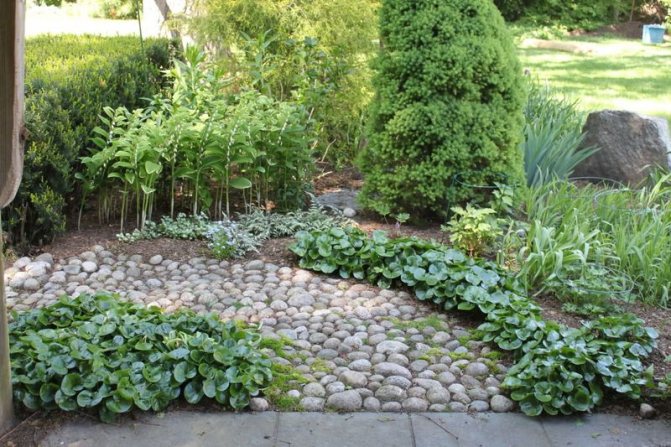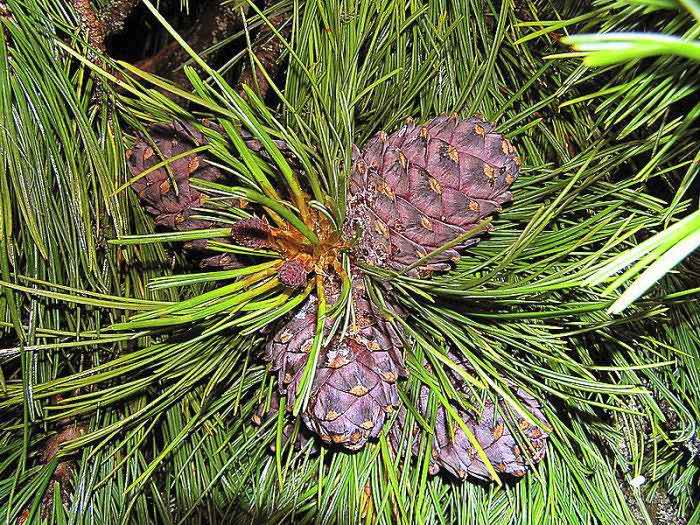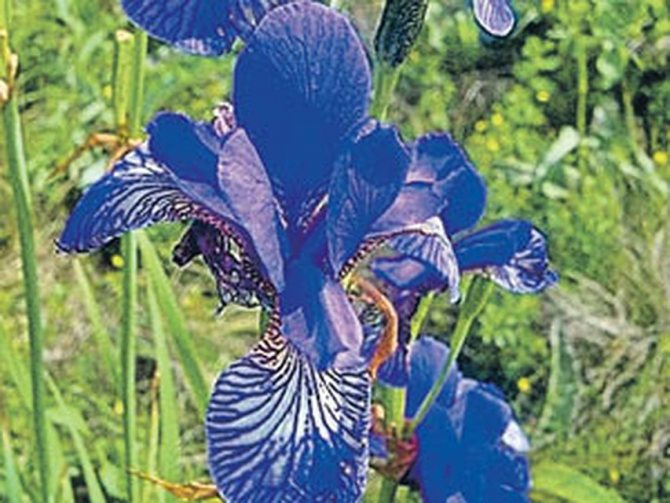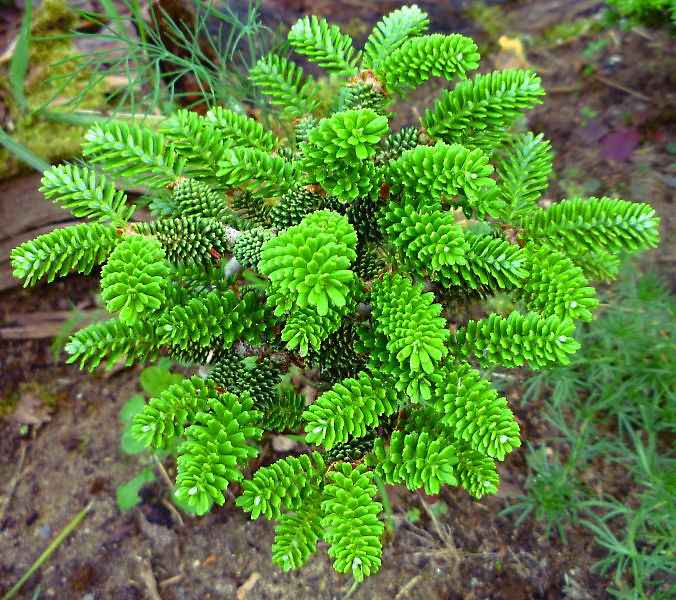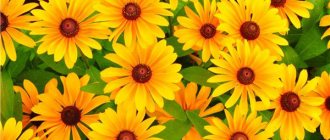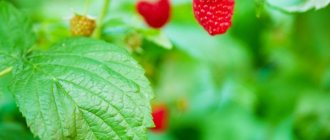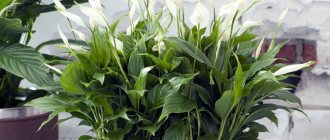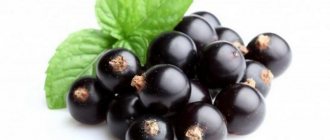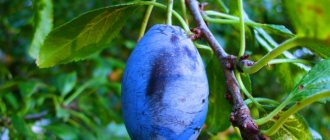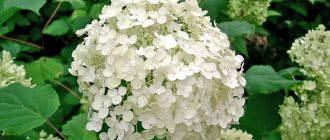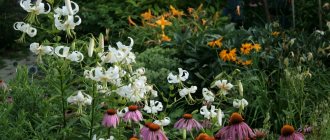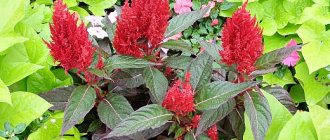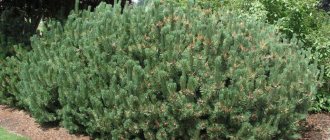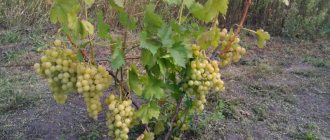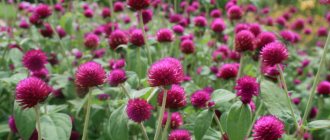Many land owners are faced with the problem of waterlogging. High groundwater table, stagnant rainwater, even waterlogging. If the problem is in difficult terrain, in which the outflow of rain and melt water is difficult, a drainage system can help. As well as with a high level of subsurface moisture. But this is, firstly, a very laborious work associated with a large volume of earthworks. Secondly, not everyone can afford it. How to organize the drainage of the site on a budget and the least laborious? With the help of plants that consume a lot of water from the soil, and then evaporate it through the stomata of the foliage. And carrying out reclamation activities.
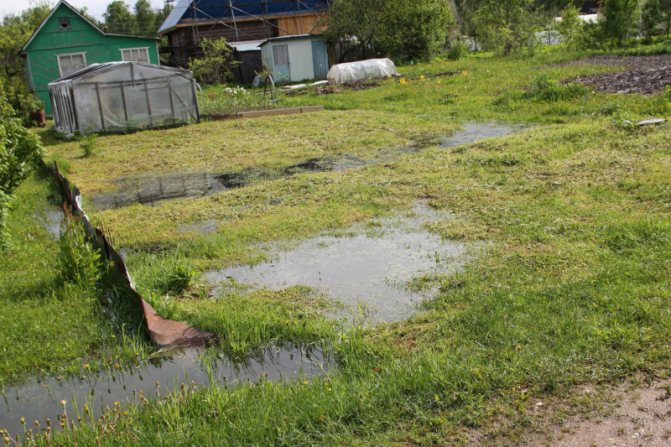
Landing place
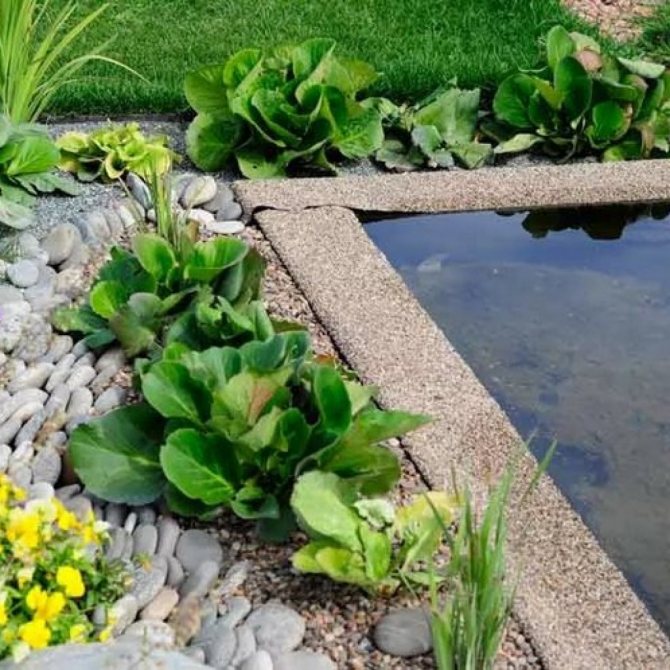

A feature of places with high humidity is the inability of drainage structures to cope with the removal of groundwater, which contributes to the stagnation of moisture. In such places, not all plants will be able to survive, develop and bear fruit normally.
Competent gardeners specially select moisture-loving flowers and shrubs for such areas, which can be planted so that the natural greenhouse can bloom and delight the eye throughout the warm season, from early spring to late autumn.
By purchasing a land plot located near river valleys, swamps or in lowlands, many owners are in a hurry to solve the problem of water drainage, a difficult and by no means cheap task, by installing drainage systems.
Such systems often clog up, fail, and groundwater still rises high enough. If the drainage of water near the structures justifies itself, then on the lands intended for setting up a garden, the problem can be solved by planting moisture-loving plants on the ground.
For moisture-loving plants, the close presence of water has a positive effect, in such places they develop well, bloom, bear fruit.
Nature has taken care of the species that can fully live in the aquatic environment, their growth system is specially adapted to such conditions, therefore, when planting such plants in their plots, it is important to know their developmental characteristics.
Cyperus
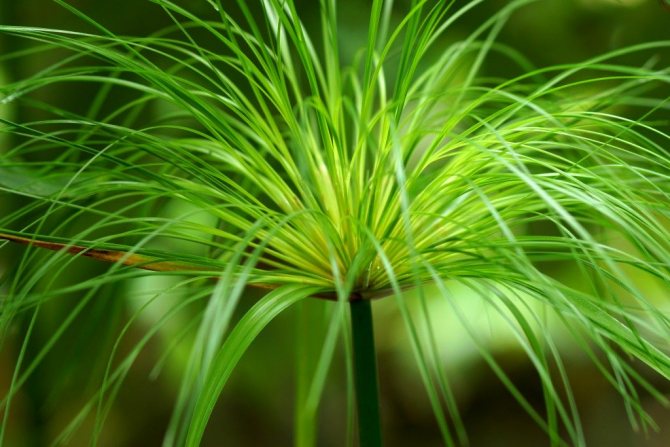

Syt, or sitovnik, as this plant is also called, belongs to the Sedge family. Indoors, cyperus began to grow relatively recently - about 35 years ago. He fell in love with many gardeners due to its unpretentiousness and high decorative qualities. The rather original appearance of the plant can decorate almost any interior.
Growing this moisture-loving plant involves the use of well-lit areas with diffused sunlight. On especially hot days, it is advisable to remove the flower pot from the windowsill to avoid burns. In winter, on the contrary, the plant should be provided with additional lighting using fluorescent lamps. Watering should be regular and abundant, and during the period of active growth, the roots should be completely in the water. In winter, excess water from the sump should be drained, and spraying should be at least halved. From the beginning of spring to the end of autumn, every 2-3 weeks it is necessary to feed the plant with organic and mineral fertilizers, alternating them with each other.
Features of the species
Crops of this species can be completely in water, feeding on nutrients from the entire surface of the stem. They categorically cannot be transplanted to another place - losing their familiar water environment, they quickly lose their vitality. If it is necessary to move the plant, the new place should be identical to the old one, it should be produced very quickly so that the culture does not have time to die without water.
Growing and caring for ficus at home
All moisture-loving flowers and shrubs are divided into three subspecies. Each of them loves moisture and has individual characteristics.
Moisture-loving plants are divided into:
- Hydatophytes.
- Hydrophytes.
- Hygrophytes.
Subspecies of hydatophytes
One of the most common species in gardens is hydatophytes. Without them, the design of the reservoir will be unfinished. In order to choose the right plant for planting, you should disassemble both subspecies in more detail, into which this type of moisture-loving can be divided.
Hydatophytes are divided into:
- Plants that originally appeared in the aquatic environment, such as algae.
- Cultures converted to aquatic format. A feature of these species is full adaptation to water, therefore, taking them out of their familiar environment, they quickly die.
Hydatophytes are unpretentious in growing, therefore they are very popular among gardeners. These include elodea, arrowhead, rdest, water lily, vallisneria, chastuha, etc.
Decorative hydrophytes
This species can be found partially in the water. Such subspecies feel comfortable near artificial pools, they are often used as decorations, planting along the edges of reservoirs.
The category of hydrophytes includes:
- decorative reeds;
- three-leafed watch;
- marsh marigold;
- cane.
All hydrophytes have an unusually decorative look. In addition, they look natural near water, as in wildlife.
Common hygrophytes
They are divided into light and shadow subgroups, high humidity is ideal for them, both can be used for growing in gardens.
Group of crops for growing in soil with moderate moisture:
- oregano;
- sagebrush;
- lily of the valley;
- Linden;
- strawberries.
Hovea: growing at home and proper care of the palm tree
The listed species, while developing, can not afford to save water resources, so they usually have wide, dark green leaves, with fleshy tips. An exception may be lingonberry and cranberry, the structure of their leaf is very rigid, and if you do not know this feature, we can assume that the type of plant belongs to the steppe subspecies.
Dracaena
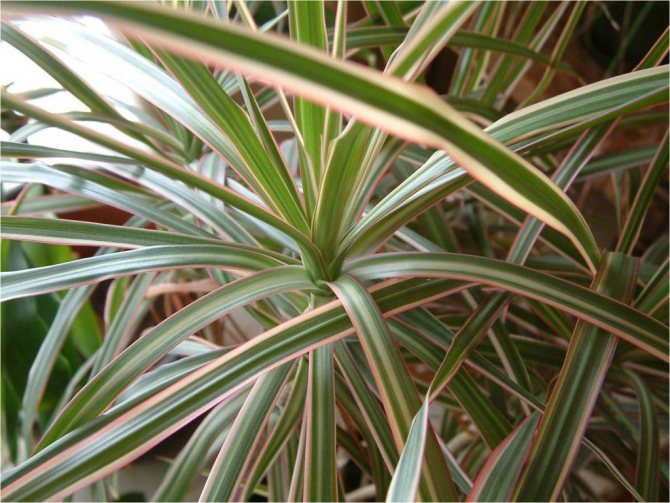

Dracaena has gained its popularity due to its exotic appearance, reminiscent of a palm tree. This moisture-loving plant will serve as an excellent decoration for office premises, in addition, it perfectly cleans the air from the harmful effects of office equipment. Dracaena looks great both as a single plant and in composition with other flowers.
For growing dracaena, it is important to choose a well-lit place, but it is better to protect it from direct sunlight. In addition, it is important to maintain constant air humidity through regular spraying. With prolonged maintenance in dry air, the leaves begin to turn yellow and fall off. In especially hot weather, the plant is washed under a warm shower or the leaves are wiped with a damp sponge. For irrigation, use rain or settled water, since the tap water is too hard.
Popular plants that love moisture
Despite the small number of plants that not only grow well on soils with high humidity, but also delight with beautiful flowers and even bear fruit, they are very popular with gardeners. Among the most famous flowers who like high soil moisture:
- Iris. There are several varieties: multicolored iris, smooth, Siberian.It belongs to a group of flowers that begins to bloom in April and pleases the eye for the whole summer and part of autumn.
- Kaluzhnitsa. Bright yellow flower blooming from early April to mid-May.
- Swimsuit. Blooming in mid-May, changes flowers until mid-July, the flower resembles a water lily, with a pale yellow color.
- Brown-yellow daylily. Belongs to the class of lilies, blooms only with the onset of stable heat from early June to mid-July.
- Forget-me-not. Delicate blue flowers blooming for only 15-20 days in May.
- Grouse is chess. The shape of the flower resembles a bell, the flowering time is May.
- Primrose. One of the longest flowering flowers, blooms in April-July. It gets along well with other similar plants, for example, sedge, soft cuff.
- Volzhanka. It grows in the form of a ball, which sometimes can reach up to one and a half meters in diameter, a spreading culture with light leaves.
- Rowan-leaved fieldfare. A long-flowering shrub that opens its white flowers in early June and can keep them until mid-September.
- The corydalis is giant. A herbaceous plant of one meter in height, it likes to grow near streams, covering everything around with a solid carpet of stems and flowers. The inflorescences are large, pink, cover the ground with a solid color.
- Chubushnik, or jasmine. Unpretentious to weather conditions, it takes root well and melts near water bodies. Dislikes, but withstands the scorching rays of the sun. The shrub blooms in June and holds the color for 2-3 weeks, which covers the entire top of the plant.
Beautiful and unpretentious indoor plants for the home
Tradescantia
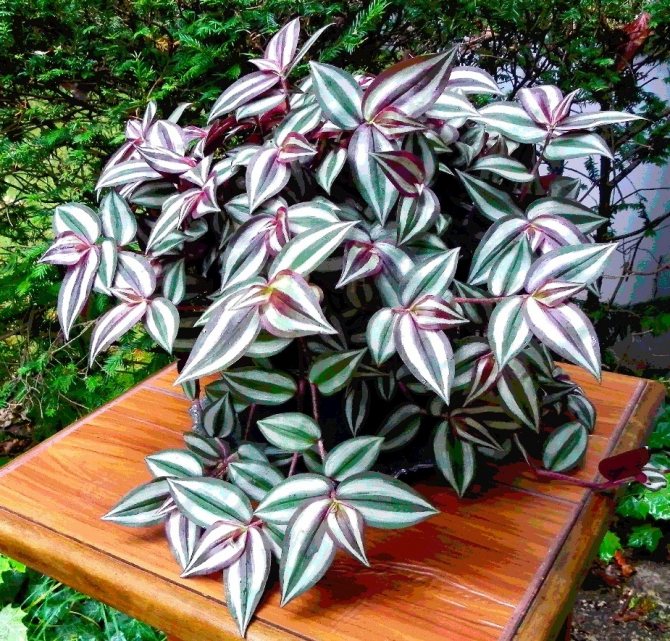

Quite a popular moisture-loving houseplant, which has about a hundred varieties. Leaves of amazing beauty are the main decoration of a lush plant. During the flowering period, the bush is covered with small flowers, collected in neat inflorescences-bouquets.
The main condition for growing Tradescantia is to provide rich lighting. With a lack of sunlight, the leaves become pale and exhausted, the variegated Tradescantia loses its decorative qualities - the bright stripes on the leaves disappear, they become monochromatic. However, prolonged exposure to direct sunlight leads to burns on the delicate leaves and stems of the plant, so light shading should be arranged. Regular watering is important; in no case should the soil be allowed to dry out.
To protect the root system, the soil should be periodically loosened. In addition, every month you need to make additional fertilizing at the time of watering. For these purposes, warm settled water is used.
Marsh calla
Plant of the aroid family. Many are familiar with a related ornamental plant - calla. Calla has thick and long roots. The leaves of the plant are shiny, heart-shaped, on long petioles. Peduncle length is usually proportional to the length of the leaves. The flowers do not have a perianth, they themselves are most often small. The plant often blooms in early summer. After the wilting of the inflorescences, the formation of bright red fruits occurs. The seeds, covered with mucus, enter the water and are spread throughout the surrounding area by animals and birds.
Calla is a poisonous plant. Its rhizomes are used to make tinctures that are used as an antidote for the bites of most venomous snakes. In addition, the plant is often used in pain relieving drugs prescribed to combat rheumatism.
Glutinous or black alder
The plant belongs to the birch family. The tree can reach about 35 meters in height; multi-stemmed specimens are often found. Has a bark of dark brown flowers, young shoots are distinguished by reddish and olive shades. The leaves are rounded, deep green, shiny, sticky to the touch.Early flowering is usually observed in April. Seeds are formed in catkins, which are collected in 3-5 pieces, ripen by September-October. The tree lives on average for about 100 years. Reproduction occurs by seeds, the kind of which are formed quite widespread plantations of alder in low-lying bogs and on the banks of rivers.
Oxalis, cultivation and reproduction, species of oxalis
The tincture, prepared on black alder bark, has an excellent anti-inflammatory effect and is used in the fight against colitis. The broth is used as a hemostatic agent for inflammatory processes in the intestines. In addition, decoctions are used for acute respiratory diseases, inflammation of the nasopharynx, wounds, suppurations and ulcers.
An infusion is made from the leaves of the plant, which is used for colds and coughs, gout and rheumatism. Decoction baths help get rid of the feeling of fatigue and pain in the legs.
Glutinous alder extracts are often found in toothpastes and other dental and oral rinses. In addition, the catkins of the plant are one of the components of the gastric collection.
The main representatives of the flora of raised bogs

